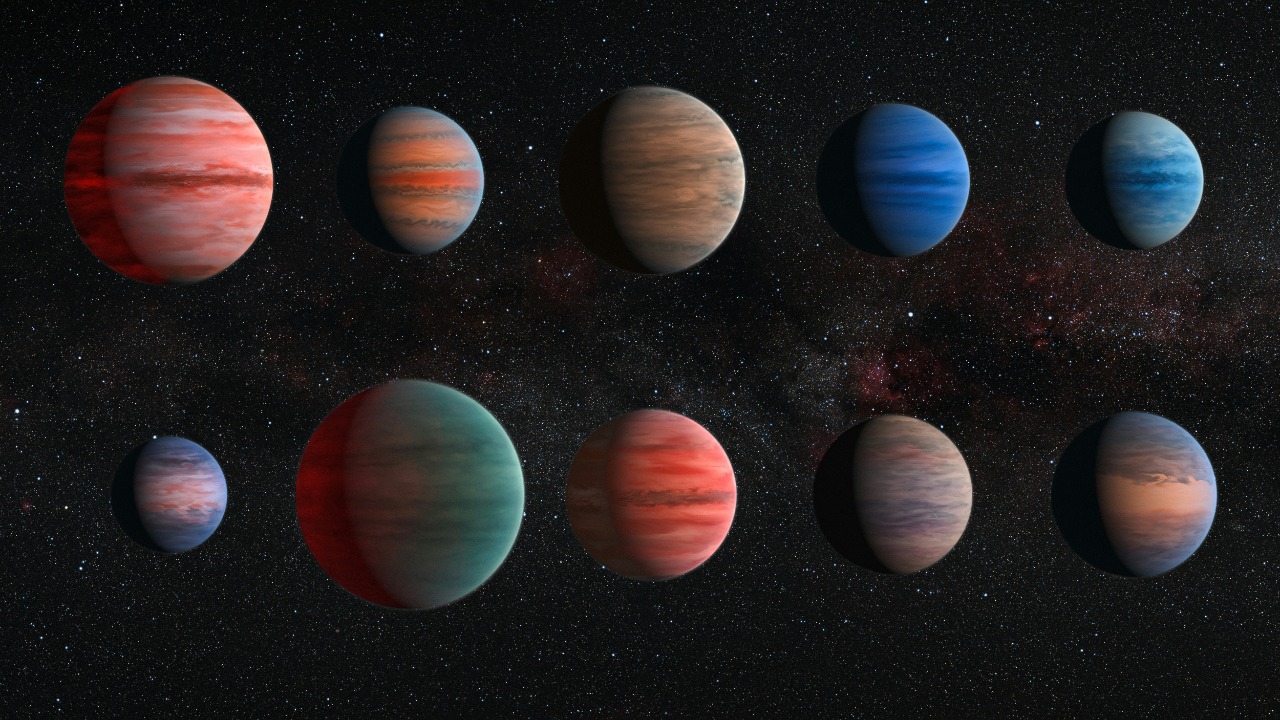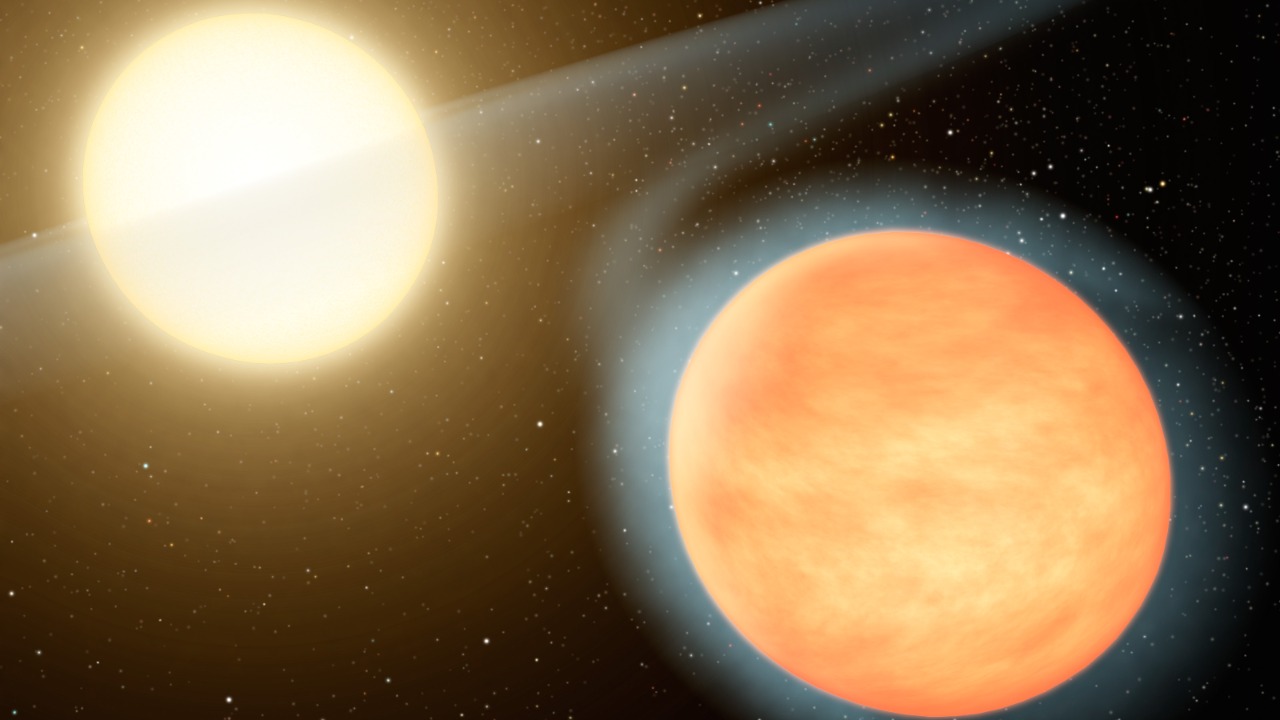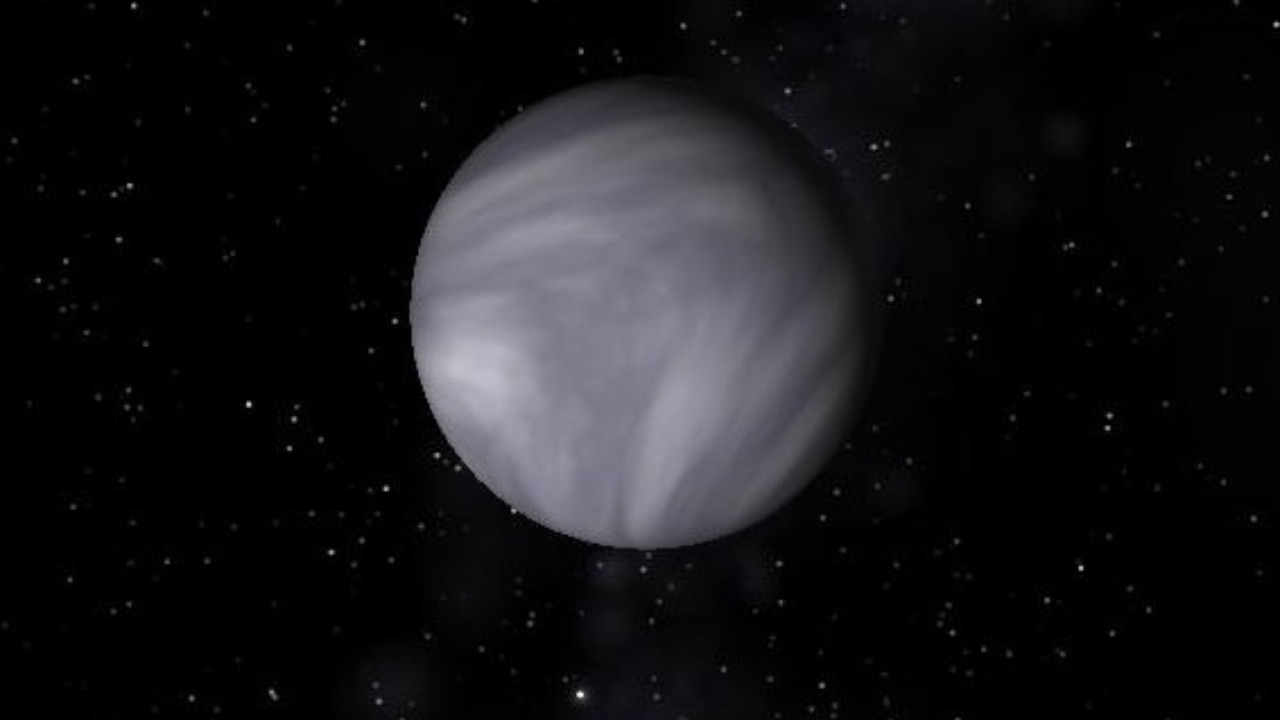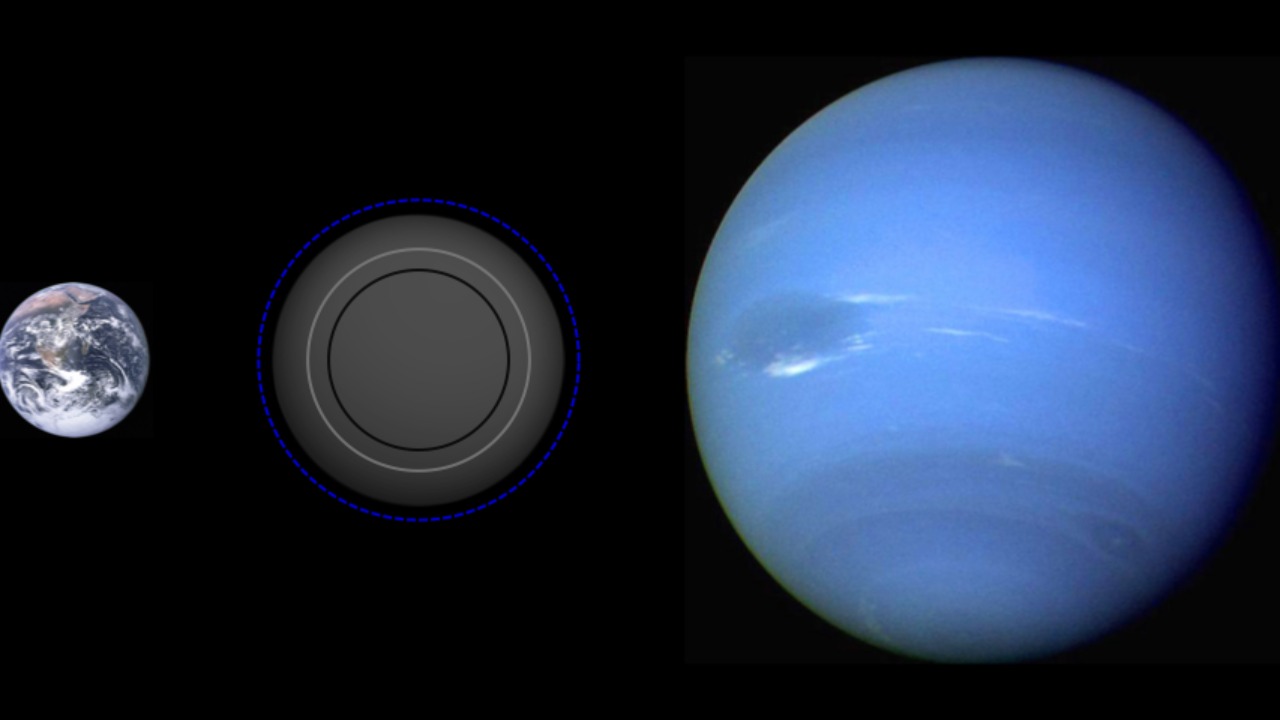
In the ever-expanding universe, scientists are constantly discovering new celestial bodies that challenge our understanding of space. Among these discoveries, some exoplanets have left experts scratching their heads due to their mysterious and baffling characteristics. From planets that seem to defy the laws of physics to those with peculiar atmospheric conditions, these worlds ignite curiosity and wonder.
The Mysterious Waterworld of Kepler-452b

Kepler-452b, often dubbed Earth’s “cousin,” is a fascinating planet that intrigues scientists with its potential to have large bodies of water. This exoplanet orbits in the habitable zone of a star similar to our sun, suggesting it might host liquid water on its surface.
However, its exact composition remains a mystery due to its distance from Earth. The uncertainty surrounding its atmosphere and surface conditions leaves astronomers eager for more data and advanced technology to unlock its secrets.
The Dark Enigma of WASP-12b

WASP-12b is a dark gas giant that absorbs almost all light that hits it, making it one of the darkest known planets. This peculiar trait puzzles scientists as it challenges traditional models of planetary atmospheres. Its proximity to its host star causes extreme temperatures that may contribute to its unusual light absorption.
The planet’s atmosphere is mysteriously enriched with elements like carbon, raising questions about its formation and evolution.
The Inverted Atmosphere of HD 189733b

HD 189733b is known for its bizarre weather patterns and a mysterious blue hue. This alien world showcases an inverted atmosphere where temperatures increase with altitude, contrary to what we observe on Earth.
Its atmosphere is filled with silicate particles that scatter blue light, giving the planet its distinctive color. The dynamics of its atmosphere and extreme weather, including possibly molten glass rain, continue to intrigue astronomers.
The Diamond Planet: 55 Cancri e

55 Cancri e is often referred to as the “diamond planet” due to its carbon-rich composition. This super-Earth has a surface that may be covered in graphite and diamond, making it a planet of extremes. Its proximity to its star causes scorching temperatures that create a hostile environment.
The planet’s unique composition and extreme conditions challenge existing theories about planet formation and highlight the diversity of worlds beyond our solar system.
The Pulsar Orbiting Phenomenon of PSR B1257+12 B

PSR B1257+12 B is an exoplanet that orbits a pulsar, a type of neutron star known for its rapid rotation and intense magnetic fields. This bizarre planetary system defies conventional understanding as planets typically form around sun-like stars.
Its existence suggests that planets can survive violent stellar events, offering insights into planetary resilience. The presence of such planets around pulsars raises questions about the formation and survival of planetary systems in extreme environments.